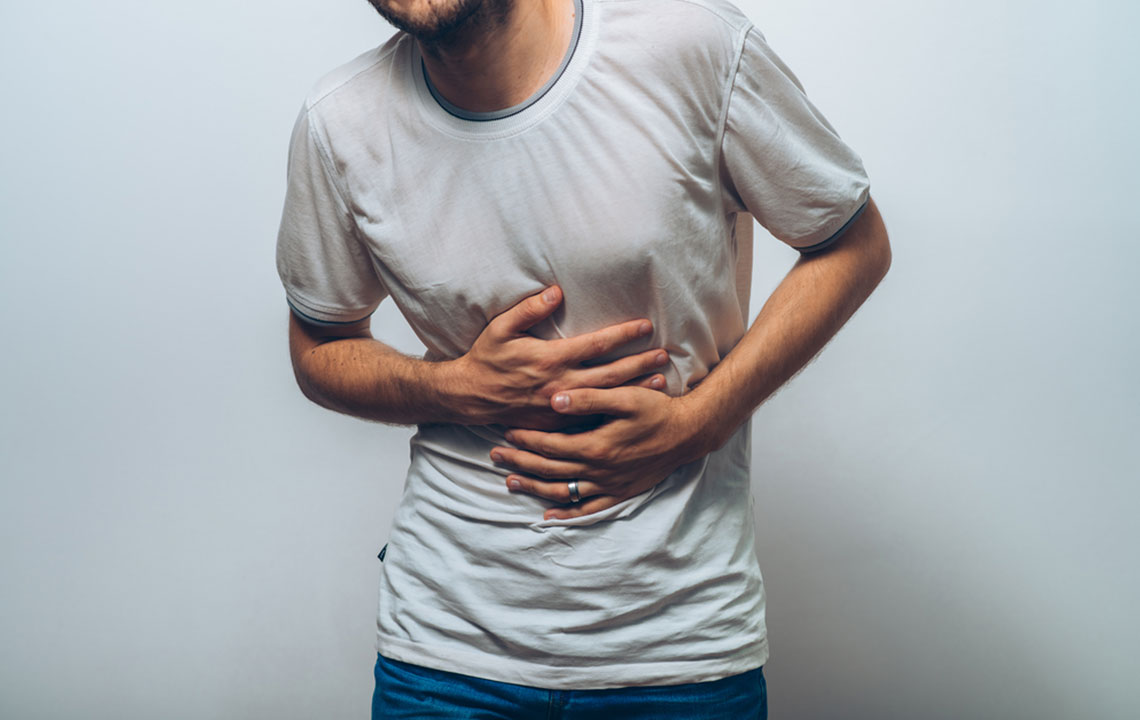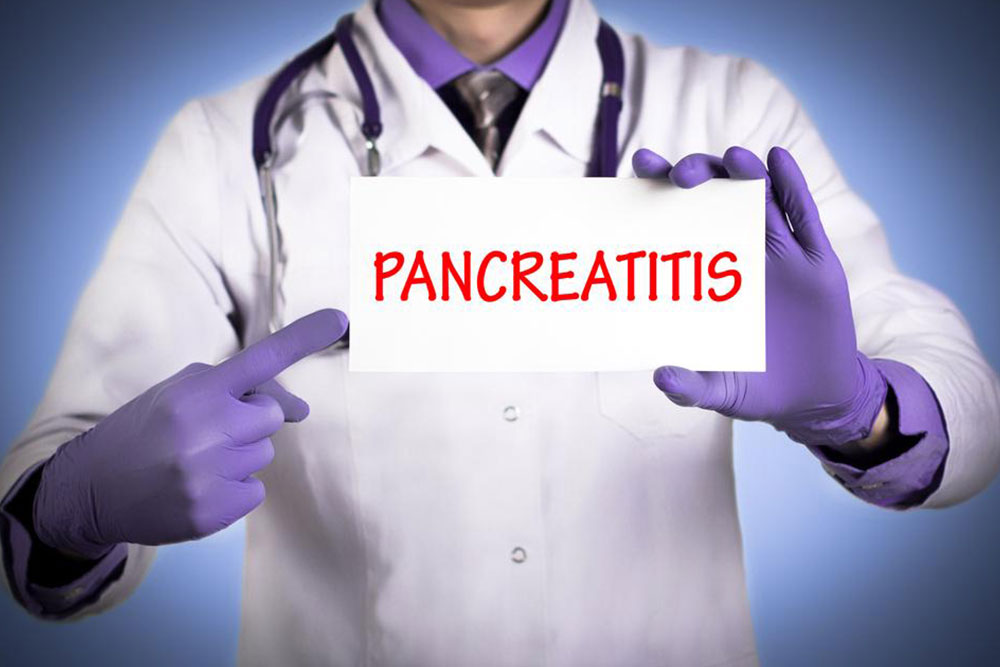Recognizing the Key Symptoms of Stomach Cancer
This article highlights the key symptoms and early warning signs of stomach cancer, emphasizing the importance of early detection for better treatment outcomes. It covers common symptoms like indigestion, abdominal pain, difficulty swallowing, and loss of appetite, along with diagnostic and preventive measures. Understanding these signs can help individuals seek timely medical care and potentially improve prognosis. The piece also discusses risk factors, treatment options, and lifestyle adjustments to lower risk, providing essential information for those at higher susceptibility to gastric cancer.
Recognizing the Key Symptoms of Stomach Cancer
Stomach cancer, also known as gastric cancer, develops when malignant cells form along the stomach lining. While the incidence is decreasing by approximately 1.5% annually in the U.S., it remains the second most diagnosed cancer globally. Typically affecting men and individuals over 60, this disease progresses slowly, beginning with symptoms localized to the stomach area.
indigestion
Early indicators often include indigestion, characterized by discomfort in the upper or lower abdomen. It may occur around mealtime, after drinking, or even just by smelling food.

As the cancer grows, it can obstruct the stomach, impeding food passage and causing symptoms like mild to severe indigestion. Abdominal pain, especially above the navel, is also a common sign. Patients may experience bloating, feelings of fullness after small meals, or stomach swelling due to fluid buildup.
Heartburn or acid reflux
Experiencing a burning sensation in the chest, often related to acid reflux, can be an early symptom. Tumors exert pressure that may weaken the lower esophageal sphincter, leading to acid backflow into the esophagus, hence increasing GERD episodes.
Nausea and vomiting
Persistent nausea and vomiting, especially with traces of blood, could indicate stomach cancer. These symptoms should prompt medical consultation regardless of their cause.
Difficulty swallowing
Having trouble swallowing solid foods, pills, or liquids is a common sign. Some may only tolerate fluids, or struggle with chewing due to the tumor’s impact.
Bloating and early satiety
Feeling abnormally full or bloated after minimal eating is typical. This can be due to tumor growth blocking food movement and should be evaluated by a health professional.
Appetite loss
Interference with hunger signals and abdominal discomfort can decrease appetite, leading to weight loss and decreased energy. Such persistent appetite reduction warrants medical assessment.
Other symptoms like diarrhea, constipation, blood in stool, weakness, and jaundice may also appear. Since signs develop gradually and can resemble other gastrointestinal issues, early detection is often challenging.
Diagnosis and Treatment
Diagnosis involves physical exams, blood tests, imaging techniques like CT scans and ultrasounds, and upper endoscopy. Once confirmed, treatment options such as surgery or chemotherapy depend on the cancer stage.
Preventive Strategies
Maintaining a balanced diet, rich in fruits and vegetables, choosing whole grains, reducing processed foods, limiting red meat, and decreasing salt and sugar intake can lower risk. Regular exercise also helps prevent fat accumulation around the stomach.
Risk Factors
Older age, male gender, unhealthy lifestyles, family history, prior cancer treatments, autoimmune diseases, high salt consumption, and inadequate food storage increase susceptibility. Recognizing early warning signs can facilitate timely intervention, reducing the disease’s impact.










